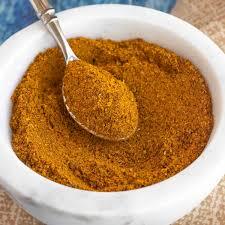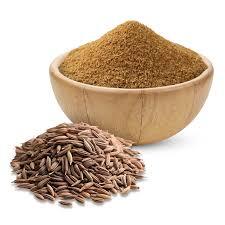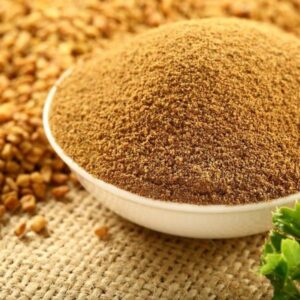Description
Common Names:
- Curry Powder
- Curry Spice Blend
- Curry Mix
Forms:
- Powdered: A blend of various spices ground into a fine powder.
- Paste: Sometimes available as a curry paste, though this is a different product.
Origin:
- Native Region: Not a traditional Indian spice blend but a Western invention inspired by Indian cooking. The concept of curry powder was popularized by British colonists and spice traders.
- Cultivation: Ingredients used in curry powder are grown globally, including countries like India, Sri Lanka, and other regions with suitable climates.
Typical Ingredients:
- Turmeric: Gives curry powder its characteristic yellow color and earthy flavor.
- Coriander: Adds a citrusy, nutty flavor.
- Cumin: Provides a warm, earthy taste.
- Fenugreek: Contributes a slightly bitter, nutty flavor.
- Black Pepper: Adds heat and complexity.
- Ginger: Imparts a warm, spicy note.
- Cardamom: Offers a sweet, aromatic flavor.
- Cloves: Adds a warm, sweet-spicy taste.
- Cinnamon: Provides a sweet and warm flavor.
- Mustard Seeds: Adds a tangy and slightly spicy flavor.
- Chili Powder: Adds heat, though the level can vary.
Health Benefits:
- Anti-inflammatory Properties: Many spices in curry powder, like turmeric and ginger, have anti-inflammatory effects that can help manage inflammation and related conditions.
- Antioxidant Properties: Contains antioxidants that help protect cells from oxidative stress and support overall health.
- Digestive Health: Spices like cumin and coriander aid digestion and may help alleviate digestive issues.
- Metabolism Boost: Some ingredients, like chili powder, may help boost metabolism and support weight management.
Uses:
- Culinary Uses: Used in a variety of dishes, including curries, stews, soups, and sauces. Adds a complex, warm flavor to recipes and is a staple in many cuisines influenced by Indian cooking.
- Seasoning: Used to season meats, vegetables, and rice dishes.
- Marinades: Commonly used in marinades for grilling and roasting.







